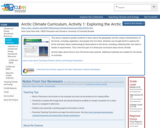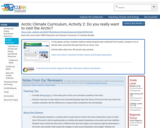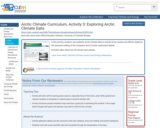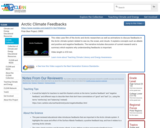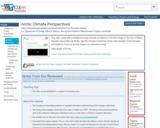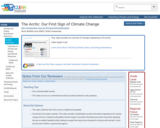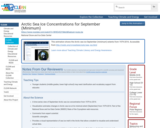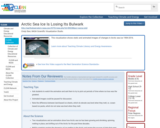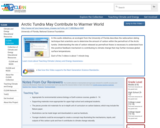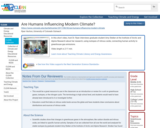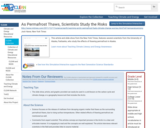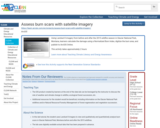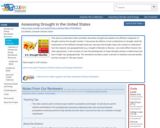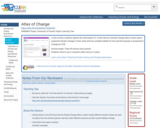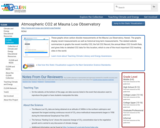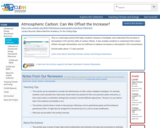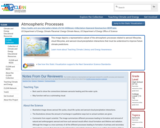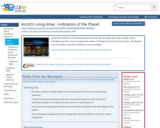
Living Atlas Indicators of the Planet provide the user with up-to-date data, maps, graphs, charts, animation and other visuals to explore the science of climate and environmental change. 18 indicators from Air Quality to Women in Parliament can be explored.
- Subject:
- Applied Science
- Atmospheric Science
- Biology
- Career and Technical Education
- Ecology
- Environmental Science
- Environmental Studies
- Life Science
- Oceanography
- Physical Science
- Material Type:
- Reading
- Provider:
- CLEAN: Climate Literacy and Energy Awareness Network
- Provider Set:
- CLEAN: Climate Literacy and Energy Awareness Network
- Author:
- ArcGIS Living Atlas of the World community and partners
- ESRI
- Date Added:
- 07/09/2021
